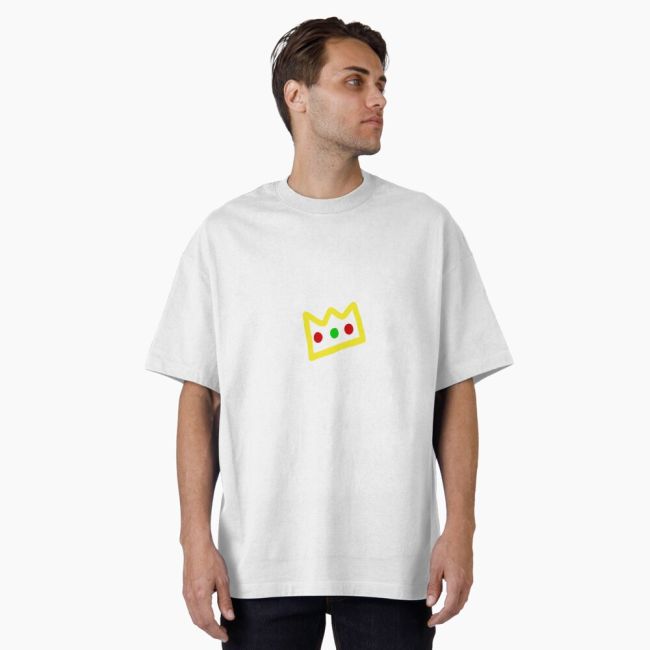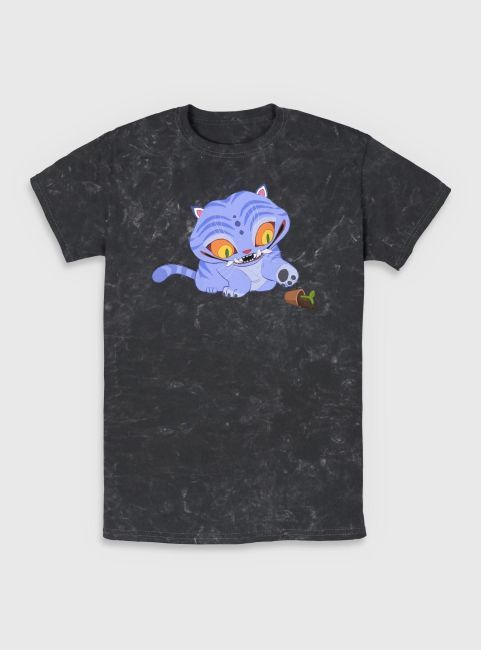
Textile fibers are the primary components used in producing fabrics. These materials possess characteristics that make them suitable for various applications, from clothing to home furnishings and industrial uses. Understanding different types of textile fibers is cryptosmonitor.com essential as it helps determine their suitability for specific purposes.
Natural fibers are one category of textile fibers derived directly from plants, animals, or minerals. Cotton is perhaps the casinobonussupreme.com most common natural fiber due to its softness, breathability, and versatility. It’s widely used in making clothes like t-shirts, jeans, towels among others. Silk is another natural fiber known stellispro.com for its luxurious feel and glossy appearance; it’s produced by silkworms and often used in high-end fashion garments.
Wool comes from sheep’s hair; it has excellent insulation properties making it perfect for winter clothing. Linen is made from flax plant stems; this fiber absorbs moisture well which makes linen garments cool and ufabetserm.com fresh during hot weather.
Another group of textile fibers is synthetic or man-made fibers created through chemical processes. Polyester is a popular synthetic fiber because of its durability, resistance to wrinkles, and affordability. It’s commonly blended with other fibers to enhance its qualities.
Nylon was the first fully synthetic fiber developed with superior strength and elasticity; hence it’s widely used in making stockings, ropes, parachutes etcetera. Acrylic mimics the warmth of wool but at a lower cost while spandex stands out for its exceptional elasticity which makes it ideal for sportswear.
There are also regenerated or semi-synthetic fibers made by chemically processing natural materials into usable textile forms. Rayon or viscose was the first semi-synthetic fiber produced from wood pulp offering silk-like aesthetics but at a cheaper price point.
Lyocell shares similar characteristics with rayon but boasts an environmentally friendly manufacturing process as no harmful chemicals are released into bravadogaminggg.com the environment during production unlike other semi-synthetics like modal.
Each type of textile fiber has spsclogin.com its unique properties that make them suitable for certain uses. For instance, cotton is perfect for everyday verifiedlicence.com clothing due to its comfort and breathability while polyester’s durability makes it ideal for outdoor gear and home furnishings.
Understanding these fibers’ characteristics can help consumers make informed olumorocktv.com decisions when purchasing textile products. It also allows designers and manufacturers to select the best materials for their creations, ensuring the end product meets the desired functionality, aesthetics, and sustainability standards.
In conclusion, whether natural or synthetic, each textile fiber plays a critical role in shaping our world from what we wear to how we decorate our homes. The diversity of these materials reflects human ingenuity in harnessing nature’s gifts and innovating new solutions to meet ever-evolving needs.








